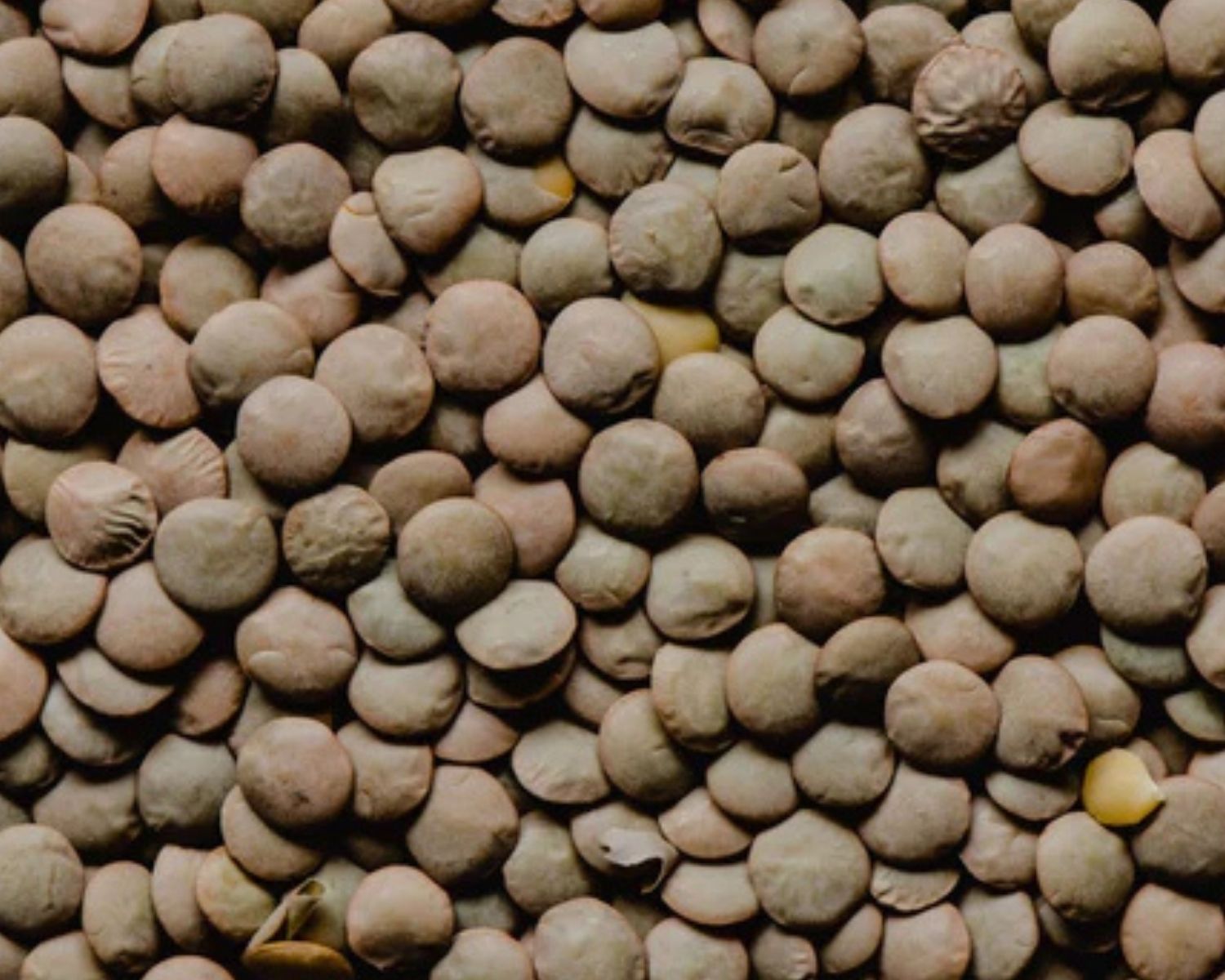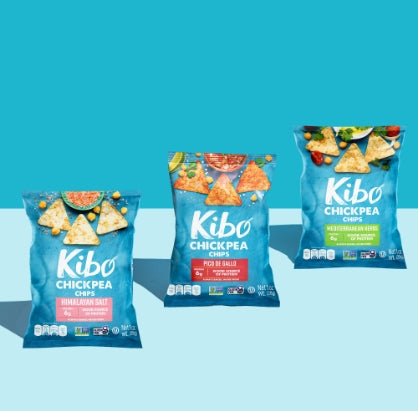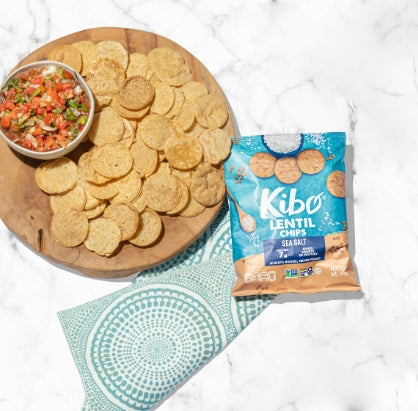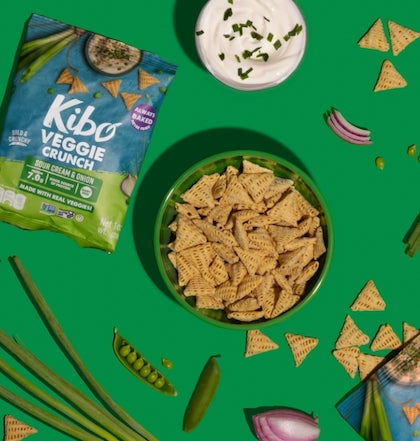Last week we observed World Environment Day, reminding us to take actions on the issue of plastic pollution. This week, on June 18th we celebrate International Picnic Day, a day to share a meal outside with friends and family. With both of these worthy days in mind, we thought it only fitting to write a blog about how we can make our picnics more sustainable to help us protect and enjoy our great outdoors. Ahead, everything you need to know for planning the ultimate sustainable picnic.
1. Nix the plastic
Did you know that 400 million tonnes of plastic is produced every year worldwide, half of which is designed to be single use? Of that, less than 10% is recycled.
It’s well documented that all this plastic and microplastic has made its way into the furthest reaches of our ecosystems, not to mention our internal organs, affecting animal life and human health.
And it’s not just the chemical Bisphenol A (BPA), used in hard plastics, that leaches toxins. The phthalates that make plastics soft and flexible, for instance, are known endocrine disruptors. The polyethylene terephthalate (PET) used in water and soda bottles becomes highly toxic when exposed to heat. Styrofoam leaches a chemical called styrene, which is a well-known carcinogen. And so on!
So since the theme of this year’s World Environment Day is “solutions to plastic pollution,” next time you plan a picnic, try to find swaps for any plastic you would normally use. Beeswax wrap is a great alternative to plastic wraps, and silicone sandwich bags are a reusable investment to keep food sealed up. Food grade 18/8 stainless steel water bottles and ice packs help keep things cool, lightweight, and non-breakable to boot.

2. Choose to reuse
Along with plastics, challenge yourself to ditch single use paper products like plates and napkins too. Pack beverages in a reusable bottle or thermos, and try silicone cups for lightweight serving. Many picnic sets come with small dishes, but you can pack your own as well (or use a compostable option).
Portioning food into individual stainless steel or silicone bento boxes ahead of time can prevent the need for individual plates, while finger foods and handheld fruits like bananas and apples are easy to eat without any flatware required. Cloth squares or tea towels are a pretty way to tie up certain foods and can double as napkins too.
3. Hit the farmer’s market
Eating seasonally is one easy (and delicious) way to cut down on your environmental footprint. Seasonally appropriate foods require less water and harmful pesticides to grow compared to food that is raised out of season.
By buying local and organic at your community farmer’s market or co-op, you know that what you’re buying is seasonal—and helping small farmers. Plus, you’re cutting down on fuel emissions from food that needs to be preserved and shipped over large distances.

4. Pack a plant-based meal
Eating a plant-based meal is one of the best ways to reduce your environmental footprint overall. Animal-derived proteins notoriously require way more water, land, resources, and carbon emissions compared to plant protein sources.
Sandwiches, pasta salads, and hearty dips are always a hit at picnics. Try a chickpea salad sandwich, veggie panini, or caprese pasta for your main course, with lentil chips or chickpea chips to munch the side or with your favorite summer dip. With 6-7 grams of plant-based protein per serving, Kibo chips add nutrition and crunch to whatever’s in your picnic basket. Plus, our eco initiatives mean that with every bag, you’re helping us give back sustainably.
As for other finger foods, some good sustainable options to consider include oranges, cherry tomatoes, and sugar snap peas. With only 67 gallons of water needed to produce 1 pound of oranges, this citrus has a remarkably lower water footprint than many other fruits, with a low carbon footprint to boot. They also come with their own “packaging,” so no need for extra baggies. Like lentils, chickpeas, and other legumes, sugar snap peas have nitrogen-fixing properties that help boost the soil they’re grown in. The best part? No prep needed for any of these snacks!
5. Walk or bike to your picnic spot
You don’t have to be hiking out to a scenic location to enjoy a good picnic and get some exercise into the mix. Whether you’re only going as far as your backyard or neighborhood park or climbing to an epic view, see if you can cut out the fuel emissions on the way there by biking or walking to your picnic site.
6. Watch what you spray
Picnic on the beach, at the lake, or otherwise by the water? Consider switching to a mineral-based sunscreen and non-aerosol sprays for your insect repellent and SPF. Sunscreen can contain chemicals that are harmful to the aquatic ecosystems that you’re swimming in, while aerosols contain hydrocarbons and/or compressed gasses that contribute to global warming. Opt for a lotion application and look for zinc oxide as a safe bet.
7. Leave no trace
Do like the Boy Scouts, and leave your picnic area cleaner than you found it. Instead of packing a plastic trash bag for all the unfinished food, see what food, if any, can be saved for later. Stash food waste in a reusable or compostable bag for packing out. And while you’re at it, resist the urge to feed scraps to the wildlife—a PSA from your park ranger!
We hope these sustainable tips will inspire you to get out there on International Picnic Day and all summer long with everything you need to ditch the plastic, pack up the reusables, and share an eco-friendly meal with loved ones. Need ideas for what to eat? Check out our recipes and Instagram for all the best plant-based ideas.
 Reviews
Reviews







